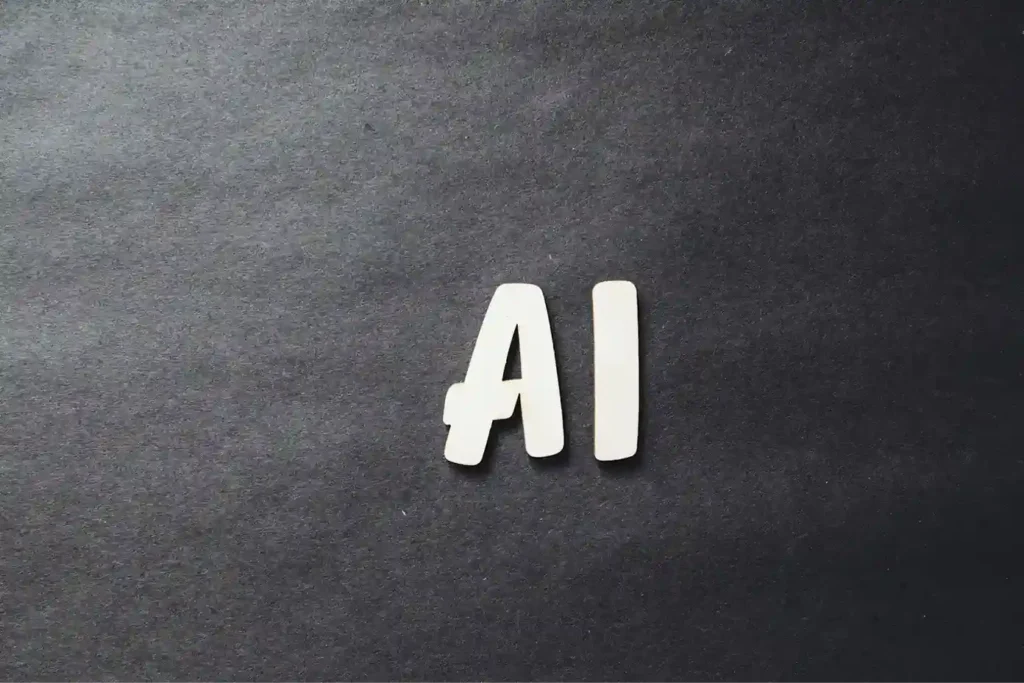Injuries are one of the toughest problems to tackle in professional football, as they tend to take out some of the best players and adversely impact a team’s performance. When it comes to advanced technologies, they are able to monitor, predict, and prevent injuries. In the present day, AI has transformed how football clubs are able to look after their players’ fitness and prolong their careers. Using AI, injuries can be prevented more effectively in football. Let us see how.
The Role of AI in Monitoring Player Health and Performance
AI is changing the landscape for football teams in an effort to guard the health and the activity of the players. Utilizing data gathered from multiple sources, AI systems are able to detect potential injury risks and adjust training optimally. For instance, FC Barcelona and Manchester City employ AI to watch the movements of players and their physiological parameters to diagnose fatigue and the general state of health. And it is precisely because of this that you can safely place bets on these clubs using the betting app and not worry that the match will be postponed or canceled. Also, athletes show better results, and the injuries of players in these clubs are less common, and this is also due to the AI.
AI systems apply algorithms to analyze data received from sensors, wearables, and training sessions. They show real-time updates on the players’ physical condition so coaches and medical staff know if the players are fit enough to partake in a match. This way, managers will be able to control the players’ physical workload proactively and with more care, which would prevent push-backing a training schedule and, worse, an injury.

Using Predictive Analytics to Identify Injury Risks
AI-powered predictive analytics can predict the chances of sustaining an injury before it occurs. By integrating numerous historical datasets such as health records, player performance, and even weather data, AI is able to estimate the probability of such factors:
- Fatigue Levels: AI can detect fatigue, one of the biggest contributors to injuries.
- Muscle Strain: Predictive analytics can also detect patterns in a player’s movement and predict when a risk of muscle strain will occur.
- Training Load: AI is able to assist in determining when a player has reached a point of overexertion due to too much training.
- Past Injuries: AI assesses the injuries a player has sustained in their career to determine the likelihood of future injuries.
For example, English Premier League clubs have used predictive analytics to help manage player workload and prevent situations of overtraining. As a result, the number of tissue injuries decreases and overall productivity increases, which cannot but please online betting fans. After all, it is incredibly pleasant to watch how your favorite athletes show the best results, and your bets bring you profit one after another!
How AI Tracks and Analyzes Player Movement to Prevent Injuries
Integrating information obtained through player motion is imperative to prevent players from getting injured, and AI plays a very significant role in this. High-level AI makes use of video analysis and motion capture techniques to examine the way a player moves during practices and games.
Using video footage of how players run, jump, and change their directions, AI systems are able to find movements that put excessive stress on certain joints and muscles. For instance, AI can find poor running biomechanics that can cause knee or ankle problems. By addressing these problems as early as possible, action can be taken in the form of specific training to help the athletes.
The AI is also actively involved in checking the players’ biomechanics and making certain that the athlete is correctly performing the different movements. AI can notify coaches when it detects that the players’ postures are incorrect, allowing the coaches to change the training to fix the posture and lessen the probability of injury.
The Integration of Wearable Technology and AI in Injury Prevention
As injury prevention in football becomes more advanced, the use of AI-enabled wearable technology has emerged as a powerful tool. Heart rate devices, GPS systems, and smart insoles, for instance, gather real-time metrics on the players’ physical state. These are all evaluated by AI systems to yield estimates of the player’s health and performance:
- GPS Tracking: Wearables provide information on players active on the field, including their speed, distance, and even the direction they are running or walking towards.
- Heart Rate Monitoring: AI keeps tabs on the heart rates of players with the intention of catching too much fatigue or stress in the player’s body.
- Pressure Sensors: Smart insoles examine the weight placed on the players’ feet, which can help identify problems with their posture or running technique.
- Sleep Patterns: Players are monitored with wearables to ensure that they are getting adequate rest for recovery.
These systems have also been deployed at Bayern Munich and Juventus, enabling staff to take proactive measures if a player is likely to sustain an injury. The ability to track real-time data provides a level of precision in injury prevention previously unseen in football.

The Future of AI in Football: Revolutionizing Injury Management and Player Longevity
As artificial intelligence improves, its part in avoiding injuries will increase as well. The future of football lies in more thorough data analysis, where AI systems not only predict injuries but optimal recovery time and performance schedules. Picture a world where the health of each player is monitored in real-time through AI, which will give updates with every change in condition. This would greatly decrease injuries and increase the career longevity of players. Football clubs are just starting to understand the power of AI, and its impact on the game will grow worse with advancements in technology. We are seeing a shift in the game, and AI is at the forefront.



































